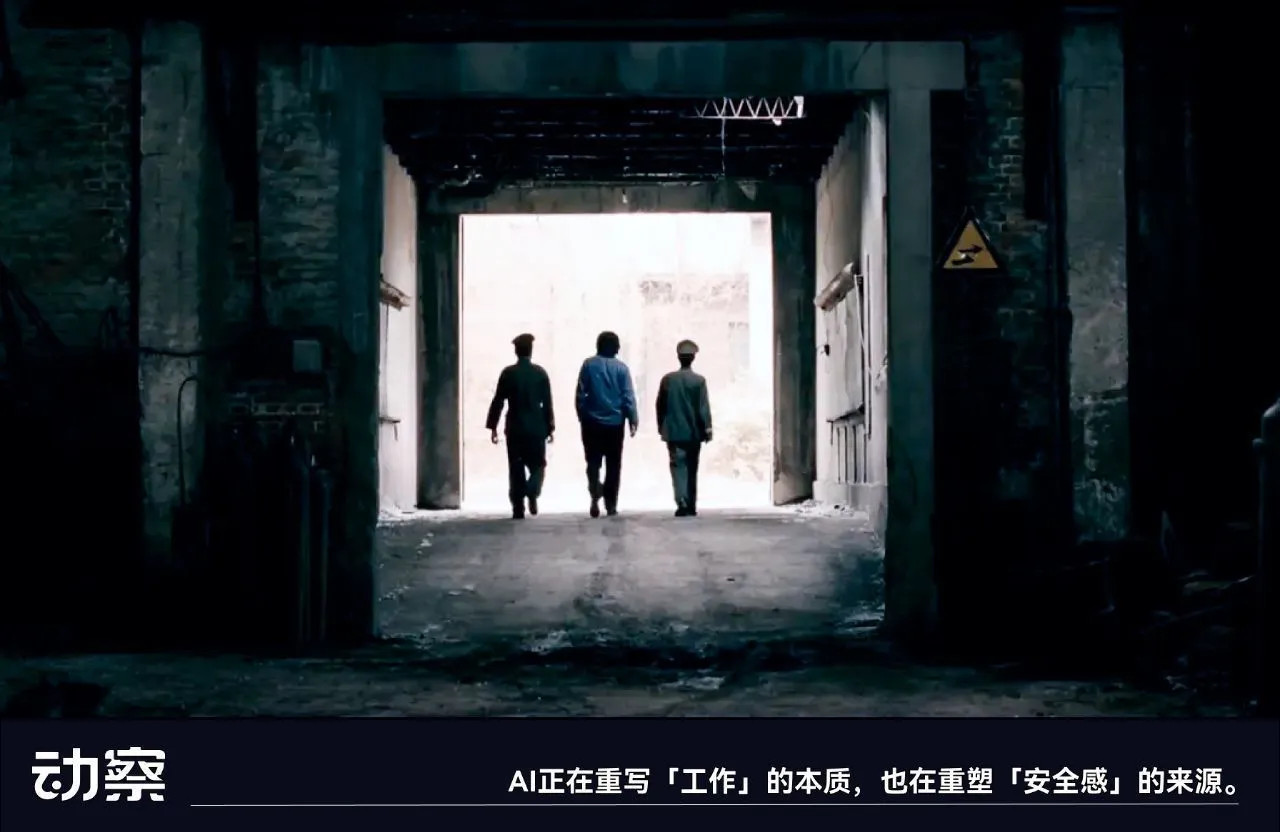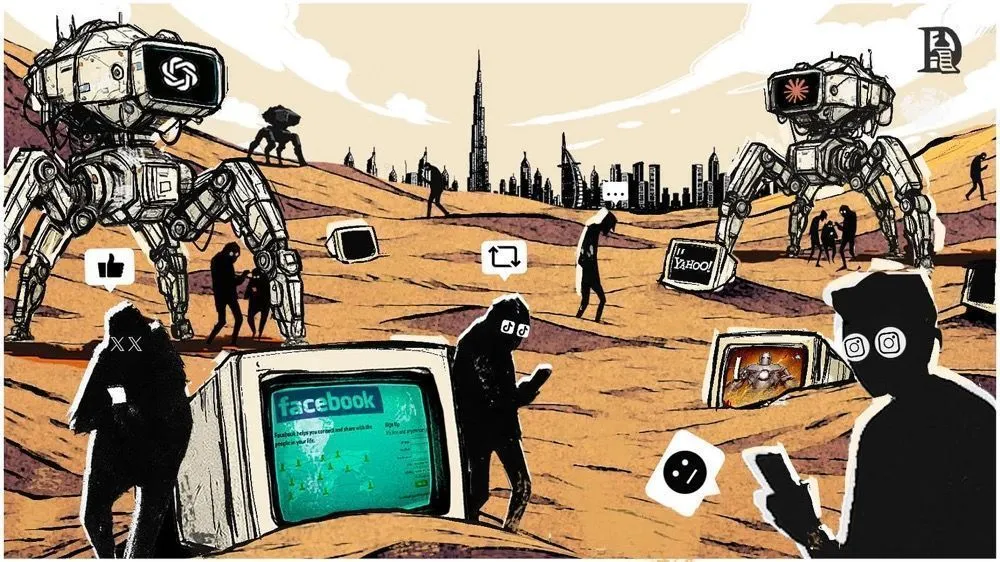Author: Schizoxbt, Castle Labs
Compiled by: Tim, PANews
Robots, cryptocurrency, artificial intelligence—this is the technological trinity of our generation.
These three most disruptive technologies may be seen as the last significant technological revolution. For this reason, Virtuals' integration of robotics into its technology stack is particularly noteworthy.
Why do they need to do this?
AI developers have quickly realized that cryptocurrency and blockchain are the most efficient ways for AI agents to transact and operate on the internet. Meanwhile, robotics developers understand that integrating AI into machines can create truly autonomous entities capable of executing commands and completing real-world tasks.
These three technologies form a complementary and synergistic effect. Although they do not necessarily depend on each other (not all robots require cryptographic technology, and not all agents need robotic carriers), when combined, they create a complete closed-loop ecosystem.
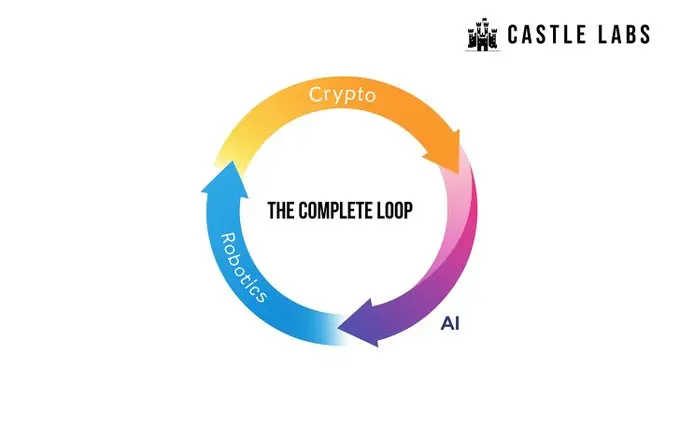
Blockchain technology enables large-scale collaboration between agents and robots while providing underlying support: it facilitates payment operations for devices, service settlements between agents, and even allows decentralized organizations to dispatch autonomous delivery drone fleets through a DAO model.
Artificial intelligence endows robots with autonomous cognition and decision-making capabilities, allowing them to operate without human intervention; while robots provide physical execution units, enabling agents to interact in the real world where humans exist.
This is the perfect symbiotic relationship between technologies. Virtuals puts this concept into practice by launching a new metric called "Agent Gross Domestic Product" (aGDP).
It is defined as "the total output of humans, agents, and machines collaborating in digital and physical domains."
When this technology can be combined with robots operating in the physical realm, digital productivity transforms into tangible results in areas previously untouched by agents.
Virtuals' technological architecture relies on three core products: ACP, Butler, and Unicorn.
The following sections will outline each product and demonstrate how robotics technology integrates with these core pillars.
ACP
The Agent Collaboration Protocol (ACP), as its name suggests, is the underlying framework for interactions between agents, with typical application scenarios including executing transactions, data analysis, and market research.
However, now, with the integration of robotics technology, ACP can be upgraded to a more advanced form.
Imagine the following scenario:
- You are a real estate developer needing to complete a construction task.
- The research agent hires a design agent to draft a plan.
- The research agent then hires a construction robot agent to lay the foundation for the real estate project.
- The construction agent hires a supply chain agent to order the materials needed for the project.
- All transactions are settled through ACP.
Although this sounds futuristic, it holds infinite possibilities. The ACP protocol has numerous application scenarios, such as enabling agents to schedule delivery drone fleets to deliver goods directly to consumers' homes; farm agents can autonomously hire robot agents to perform seeding or irrigation tasks by analyzing weather data.
To delve deeper into the underlying architecture of ACP, its technical implementation is as follows:
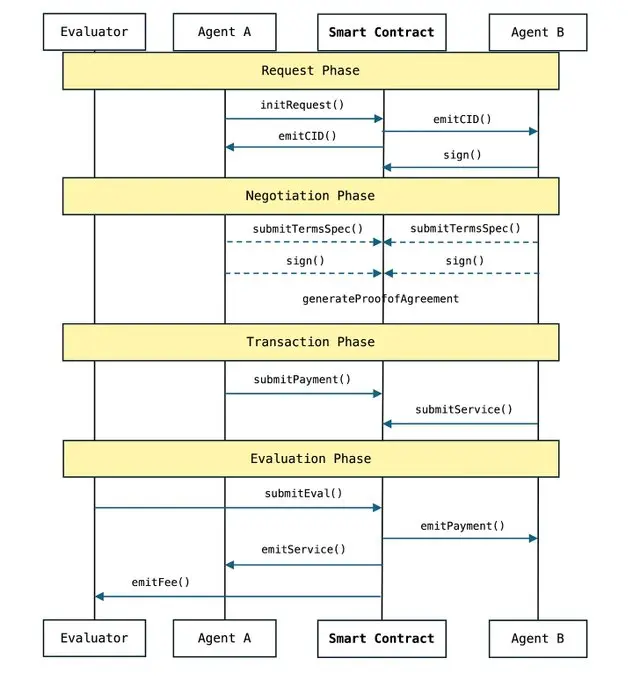
More detailed information can be found here.
Recently, the x402 protocol has become a hot topic in the market. The following will demonstrate the advantages of the ACP protocol through comparative analysis and explain how the Virtuals platform occupies a favorable position in this wave of agent capabilities:
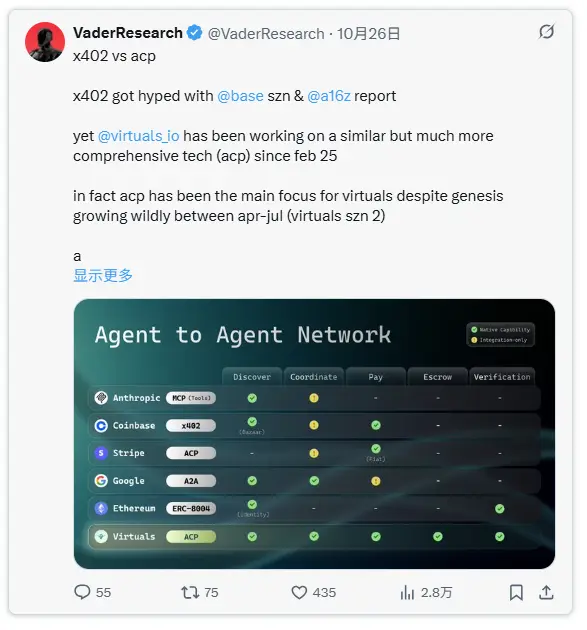
Butler
Butler serves as the user interaction interface for the agent economy on the Virtual platform, allowing users to interact with autonomous agents built on the ACP protocol.
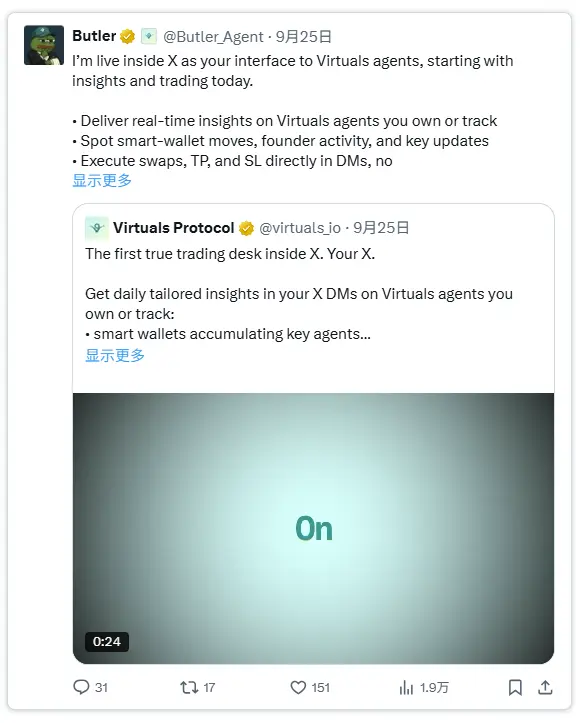
Users simply need to input their requirements in the chat interface of the X platform, and Butler will recommend suitable agents (or agent clusters) to complete the task. After collecting the necessary parameters, the system will confirm the task cost and deliverables with the user, and then automatically allocate the execution process.
Once robotics technology is introduced, the entire ecosystem will reveal a new dimension. Users can issue commands to agents through Butler, and the agents will drive the robot clusters in the real world to execute the commands physically.
At that point, users will be able to fully control the entire business operation through agents.
Need to design T-shirts and clothing? There are dedicated agents available.
Need to package and deliver finished products to humans? There are dedicated robots for delivery.
This will open a new era for enterprise management: anyone can submit task requests handled by agents and robots, witnessing task completion without needing to get involved personally.
Unicorn
Unicorn is the project launch platform for the upgraded Virtuals ecosystem, aimed at helping builders and founders raise startup funds. In contrast, the old Genesis model ultimately evolved into a points-grabbing farce, where users focused more on points than genuinely supporting entrepreneurs.
Virtuals officials revealed that their venture capital department has already laid out plans for robotics projects and observed that the lack of scalable financing mechanisms severely slows down the innovation process. Now, through the Unicorn model, incentive actions can be realized, allowing robotics and agent developers to more easily access funding to achieve their project ambitions, such as:
- Agricultural agent cluster management systems: optimizing crop yields through predictive analysis, achieving full automation of seeding, monitoring, and harvesting.
- Intelligent delivery drone networks: drones obtaining delivery tasks through a bidding model, achieving integrated logistics transportation on land and air.
- Autonomous construction robot clusters: coordinated scheduling by design plans and site planning agents to complete fully automated construction.
Application cases can be presented one after another.
However, existing technologies still have critical shortcomings; today's robots are not plug-and-play and still require preset programs to execute tasks.
They still need training and learning.
And this is where SeeSaw comes into play.
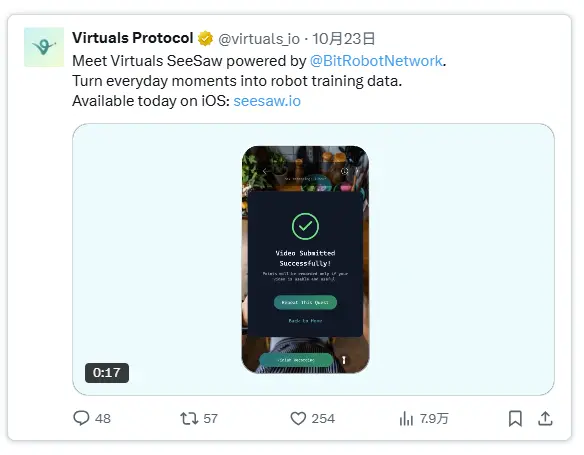
SeeSaw
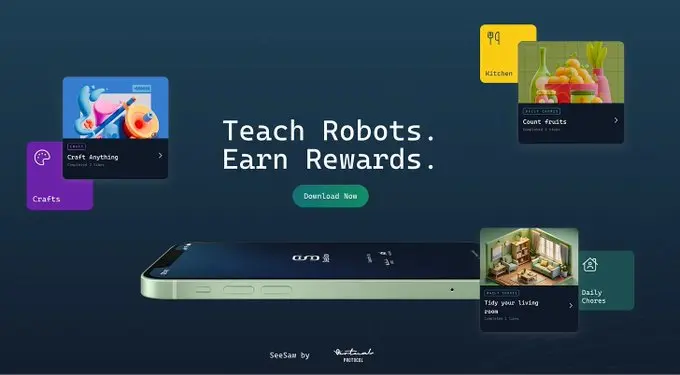
To enable robot agents to operate efficiently in the real world, support from large-scale spatial datasets is essential. These datasets cover a wide range, from recognizing different types of alarm sounds to autonomously navigating construction sites, and even simple actions like accurately folding shirts.
SeeSaw records human daily activities and target tasks, allowing robots to perceive the real environment more accurately. Once these behaviors are datafied, they become learning materials for robots.
Robots inherently struggle to understand the laws of motion of objects and humans in three-dimensional physical space, so obtaining datasets that cover all action details is crucial, no matter how subtle or intricate those actions may be.
This is precisely why Virtuals established SeeSaw; they understand the importance of such data collection.
SeeSaw is an iOS mobile application that collects hand-object interaction videos through a crowdsourcing model. The application gamifies the collection process, allowing users to earn points by completing various task levels.
As long as the reward mechanism matches user contributions, the SeeSaw platform can quickly scale up, building a massive visual interaction database for Virtuals that can provide service outputs to all robot development teams.
SeeSaw is developed in collaboration with BitRobot Network to ensure that the collected data meets standards and can be effectively used for the large-scale training of robots.
This is just the beginning
While this concludes the article, for the technological trinity, everything is just beginning.
These three tracks have only just begun to showcase their capabilities, and thanks to the inherent properties of cryptographic technology, we are able to witness these developments on the front lines.
It is foreseeable that the emergence of fully automated robotic organizations and companies in the near future is not a far-fetched dream. For every sci-fi enthusiast within us, witnessing robots walking around and automatically completing tasks is both fascinating and (subtly) unsettling.
The future we are about to embrace may arrive sooner than anyone expects. The outcomes of Virtuals' involvement in the technological trinity field are truly exciting to anticipate.
免责声明:本文章仅代表作者个人观点,不代表本平台的立场和观点。本文章仅供信息分享,不构成对任何人的任何投资建议。用户与作者之间的任何争议,与本平台无关。如网页中刊载的文章或图片涉及侵权,请提供相关的权利证明和身份证明发送邮件到support@aicoin.com,本平台相关工作人员将会进行核查。

